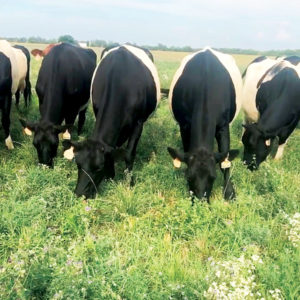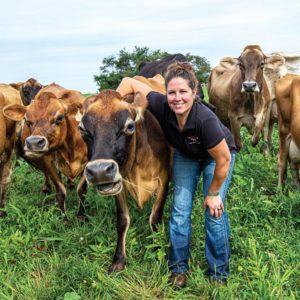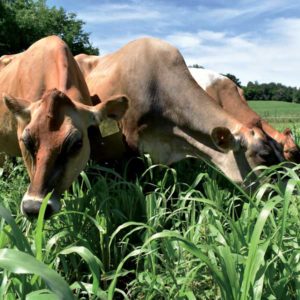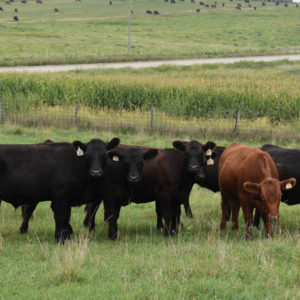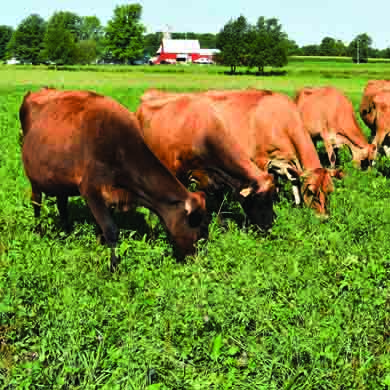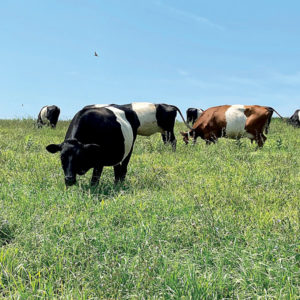Borntragers say raw milk, OAD and grassfed are keys to their growing direct sales enterprise
By Martha Hoffman Kerestes
Hutchinson, Kansas — Half a dozen years ago, Loyd and Arlene Borntrager saw the handwriting on the wall for their conventional milk market.
With no organic or grassfed routes available in southcentral Kansas, it looked like growing their existing raw milk market and pivoting to focus on direct marketing offered the best shot at keeping the dairy profitable and viable.
With hard work and strong marketing efforts, that goal has become a reality. Today Loyd, Arlene and their five children milk 40 grassfed cows once a day on 300 acres, with a diverse set of other farm-raised products filling out the operation.
Raw milk is the cornerstone of the business and usually the reason people seek out the farm. Customers will often add other products out of convenience while they’re getting milk.
Continue reading “Raw milk sales drive a diversified business”
